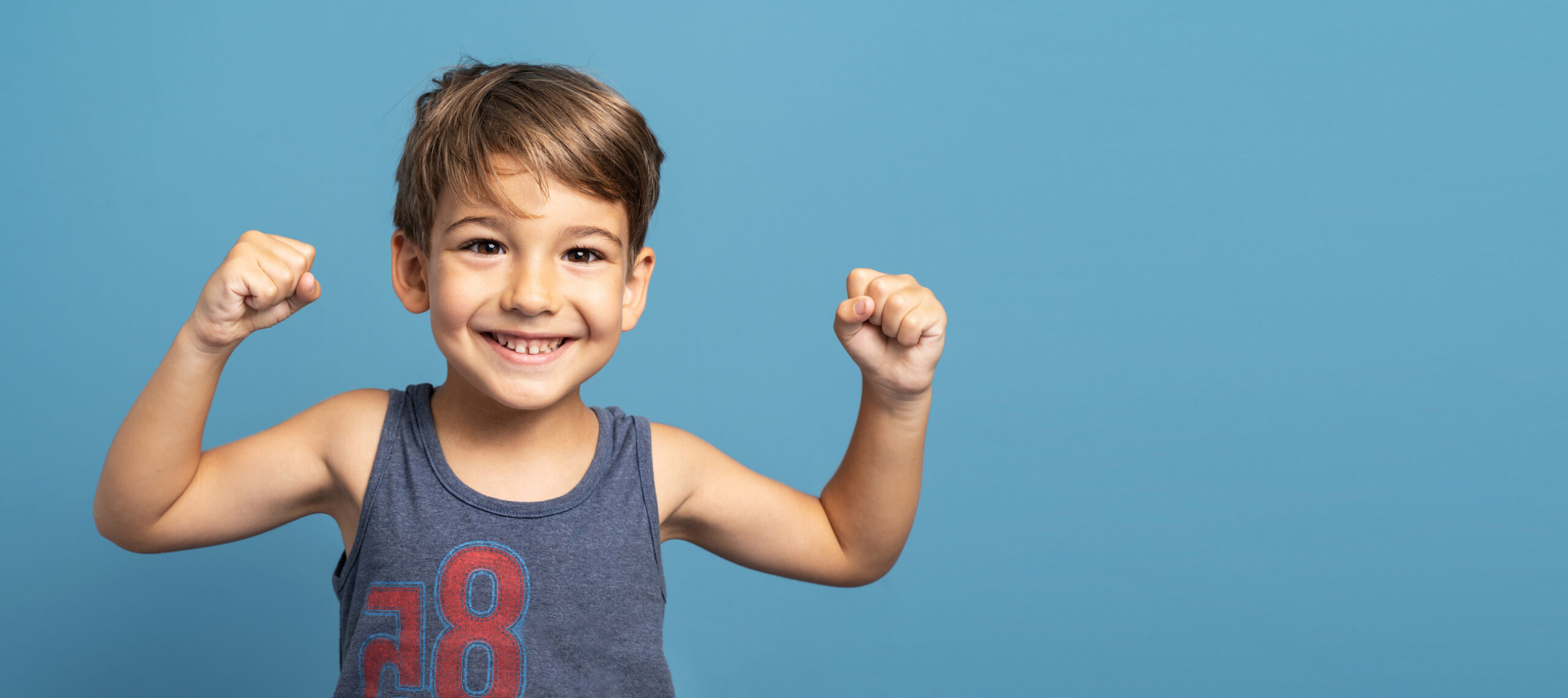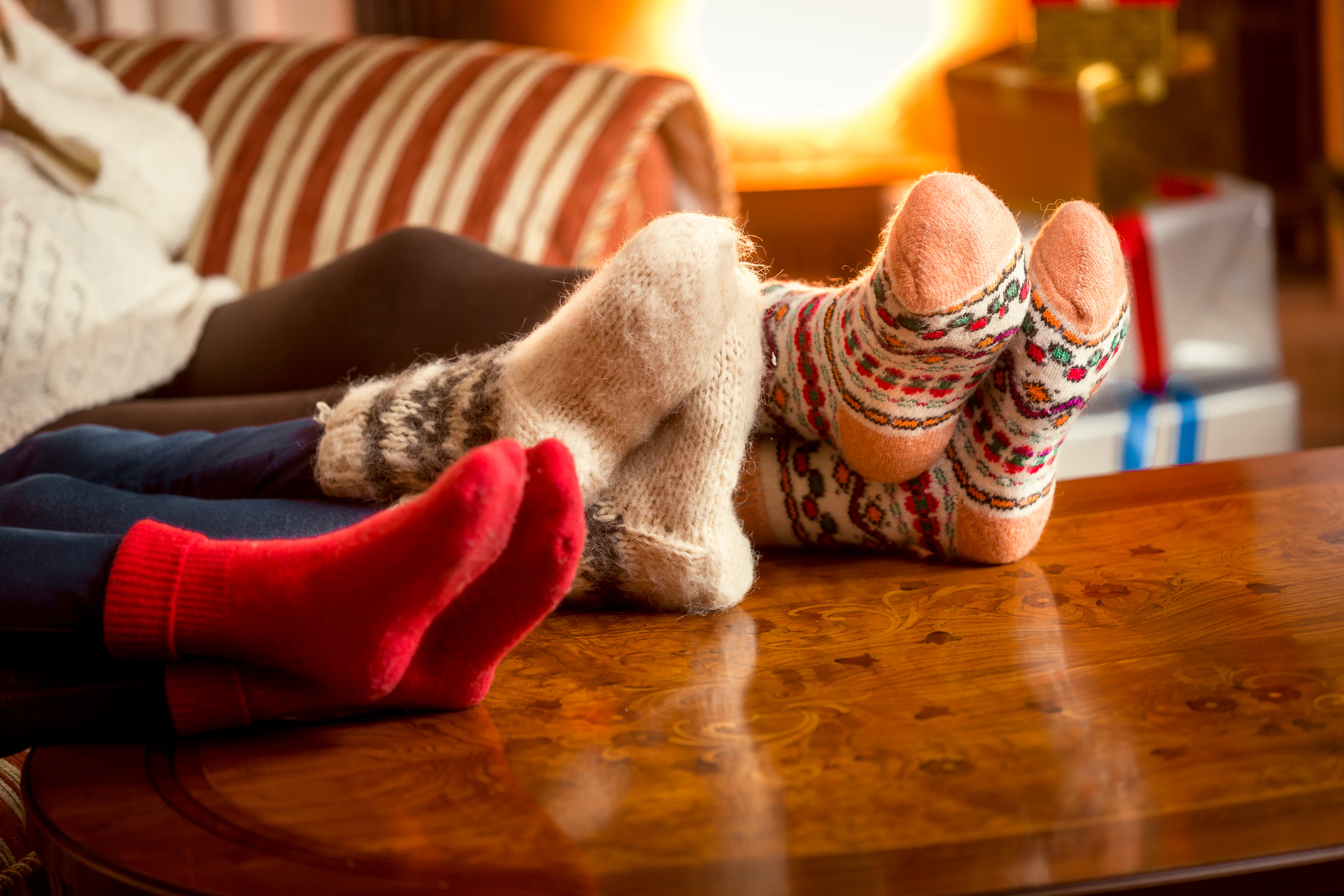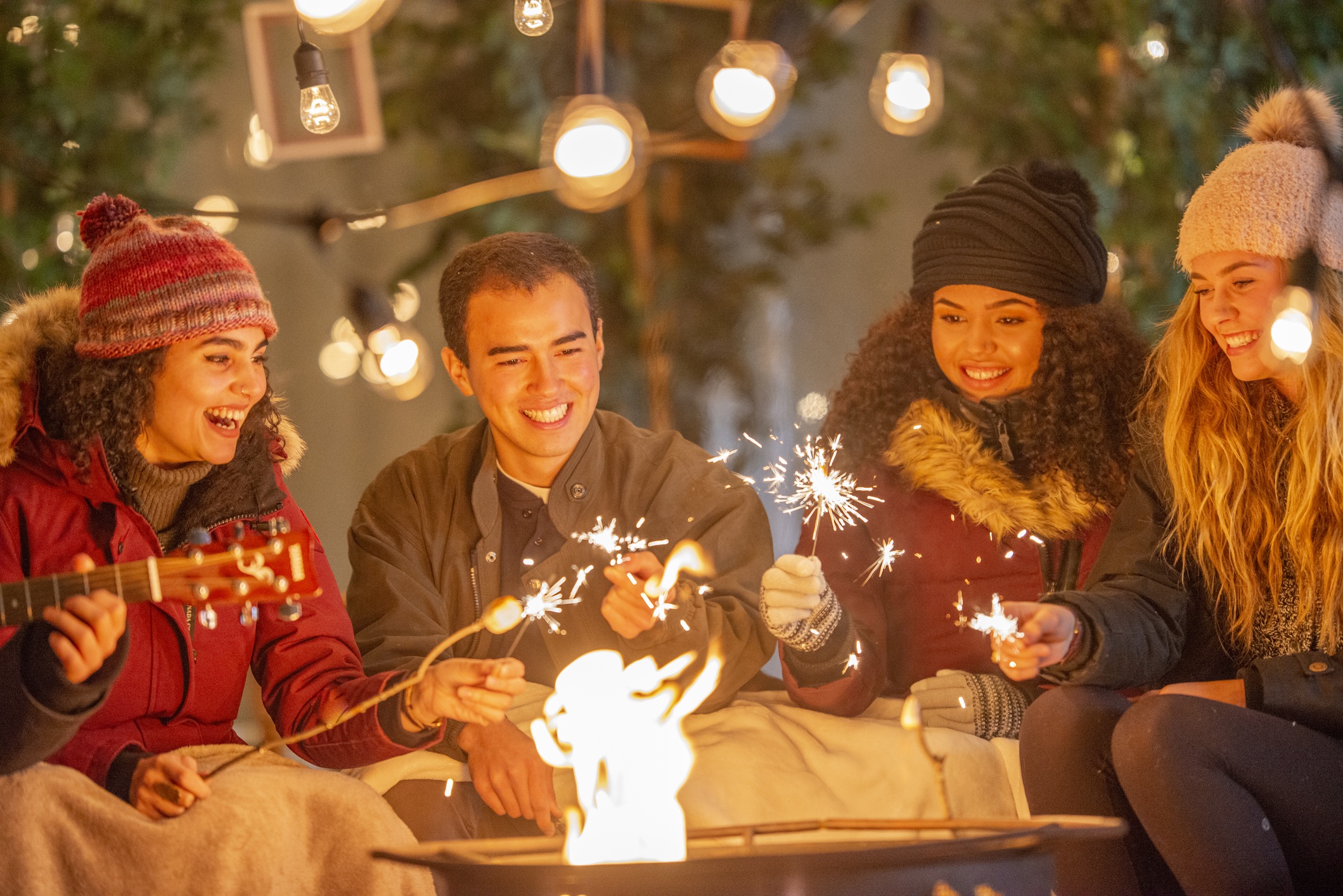September is Baby Safety Month. Welcoming a little one into our homes can easily raise our anxiety levels right alongside our feelings of nurturing and love.
At Child Safety Pledge, we’d like to help you tip the scales and reduce those feelings of anxiety, so we have put together a list of our top tips for baby safety at home. A list of things you can address and hopefully forget about so you can focus on caring for your little one.
Car Seat Safety
Hospitals will not let you leave with baby until they see the car seat you will be driving away in. There are a lot of things to think about with car seat safety and we have laid it all out for you in our Car Seat Safety Guide. Think safety over style!
Stroller Safety
Many times, strollers and car seats go hand in hand, especially when it comes to infant seats, so a stroller is an important piece of baby gear that you are likely to have on your wish list. We have compiled some top tips in choosing a safe stroller for you already.
Safe Sleep
Back-to-Sleep, Safe to Sleep, ABC (Alone, on my Back, in a Crib) – there are lots of ways to think about safe sleep for baby and we have put all of them together in one place, Safe Sleep for Babies. Most importantly, always talk to your health care provider about safe sleep for baby.
Securing Furniture and Appliances
Thanks to more stringent regulations, the number of tip-over injuries and deaths in children has declined in the last twenty years, but that number still seems high. According to NPR “there have been 581 tip-over fatalities in the U.S. since 2000. Four in five of the deaths were kids.” Most of these deaths come from the products not being secured or anchored to the wall (note: most furniture comes with kits in order to do this), an imbalance of items in or on the furniture, or children using the furniture to pull themselves up. The U.S. Consumer Product Safety Commission has an Anchor It! Campaign geared at educating adults about the importance of anchoring furniture and appliances in order to avoid injury and death to children.
Baby proofing
As your baby starts to enter the crawling and toddler phase, you will want to think about other ways to baby-proof your home. It may sound silly, but many parents who have been thorough the stage recommend getting down on your hands and knees and exploring as your little one would. What do you see? What looks like fun? Where do you need to make changes and corrections so that your baby will be safe? That might mean covering up outlets, securing cords from window blinds, barricading staircases, securing cupboards, moving poisonous materials, and more! Think, and look, outside of the house, too.
Whole Home Safety
These three things may be in your regular bi-annual home checkup, but if you are bringing a new baby home it is even more important to make sure you have working smoke detectors, a carbon monoxide detector, and that your hot water tank is not set above 120 degrees F.
Pets
If you are bringing home a baby to a home with animals or you are thinking about adding a pet to your home, be sure to talk to your pediatrician and to a veterinarian. Think about everything from allergies, to aggressiveness in breeds, where the pet will sleep, where their food will be and where they will go to the bathroom. Adding a baby, or a pet, to the family can be a stressor and is not something you should do without thinking everything through.
Penis and Vagina
We wouldn’t be Child Safety Pledge if we didn’t bring up the importance of using the proper names for ALL body parts and that includes penis and vagina. So as you begin to talk to your baby and name head, shoulders, knees and toes please don’t skip penis and vagina. After all Penis and Vagina Aren’t Bad Words!












Comments are closed.